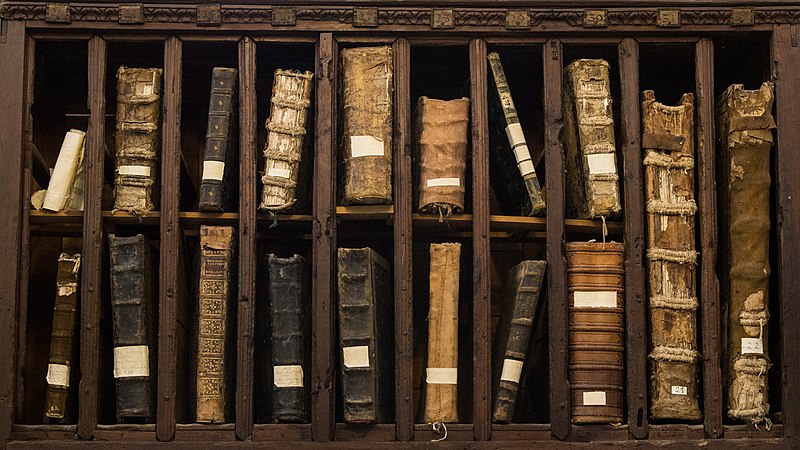Revelations of a Scribal Faith
From Revelations of a Scribal Faith [1]
Appendix
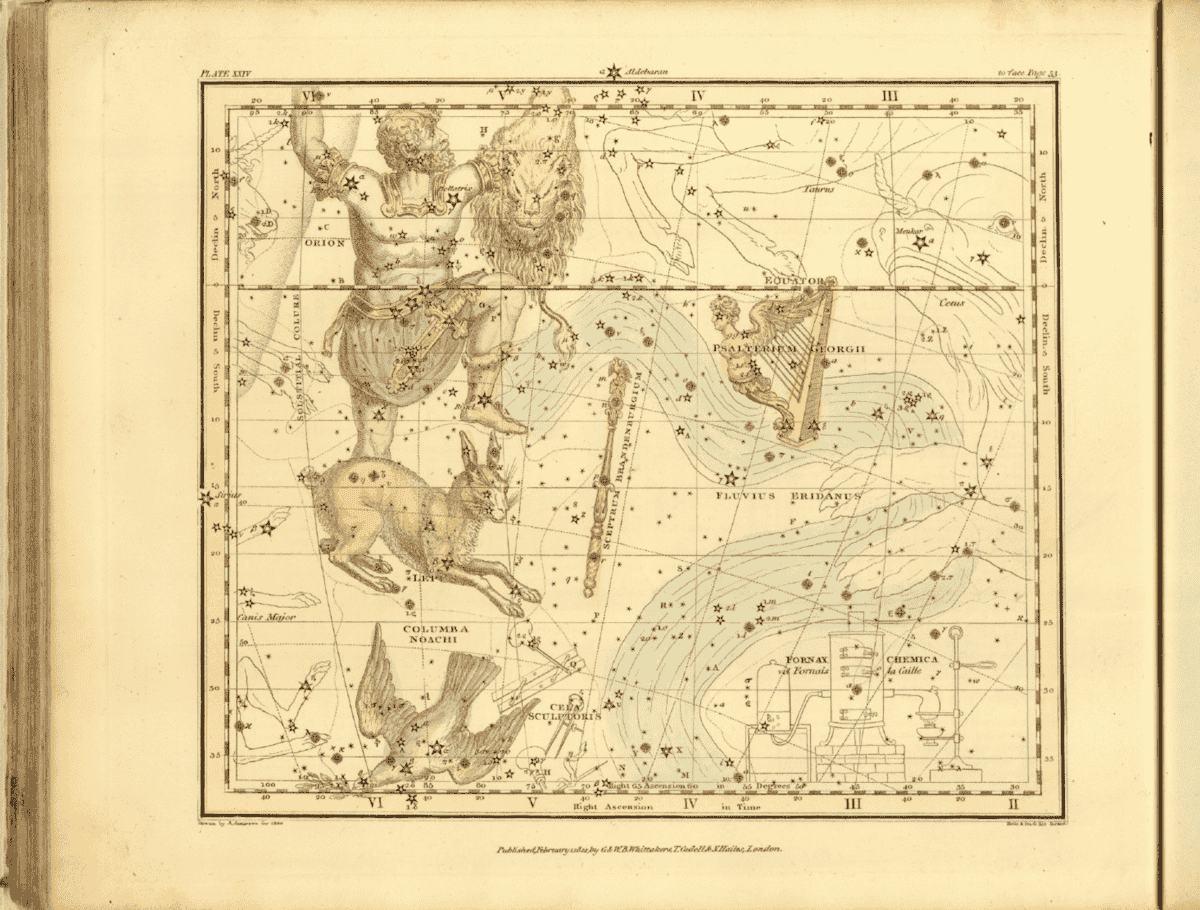
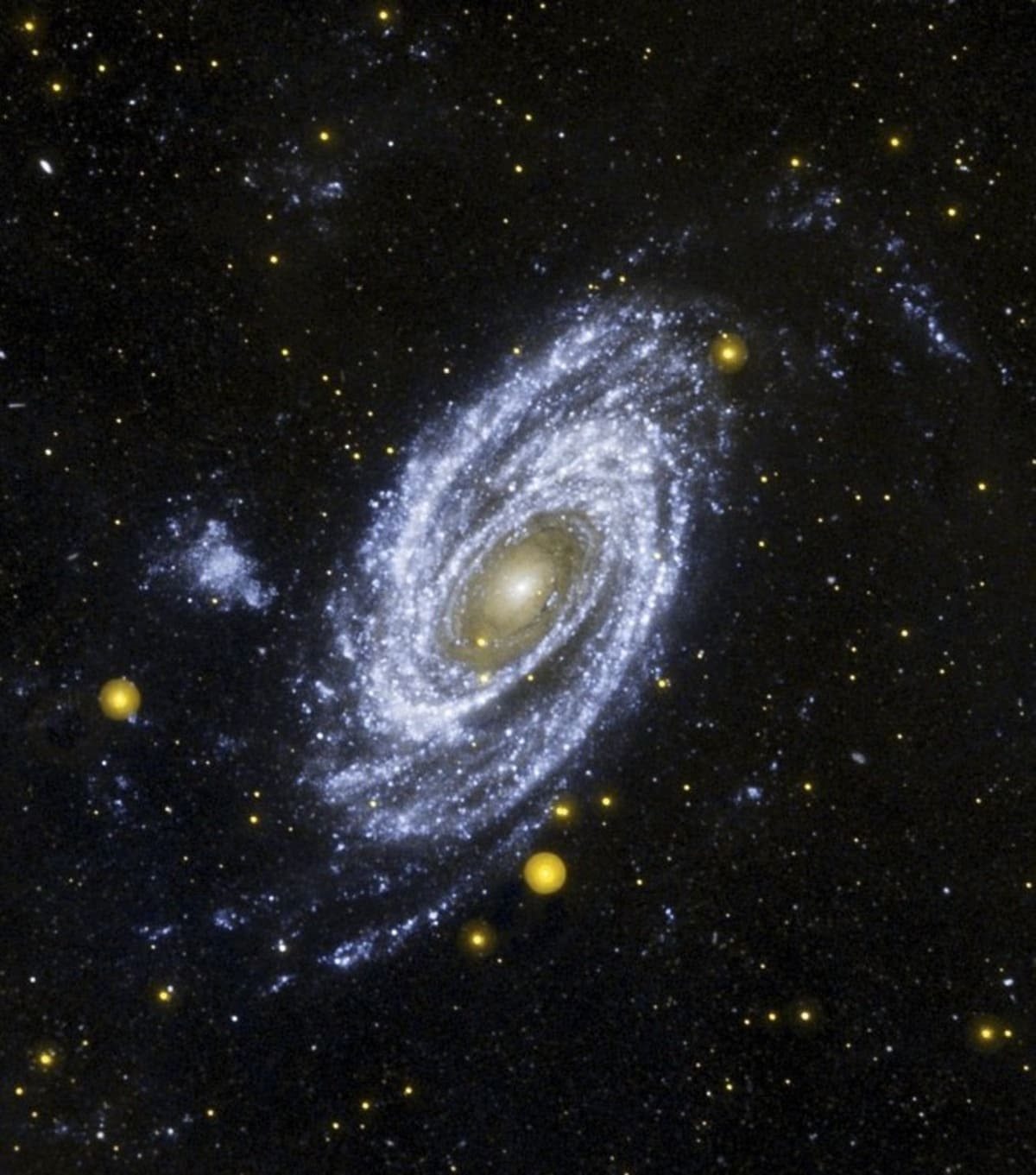
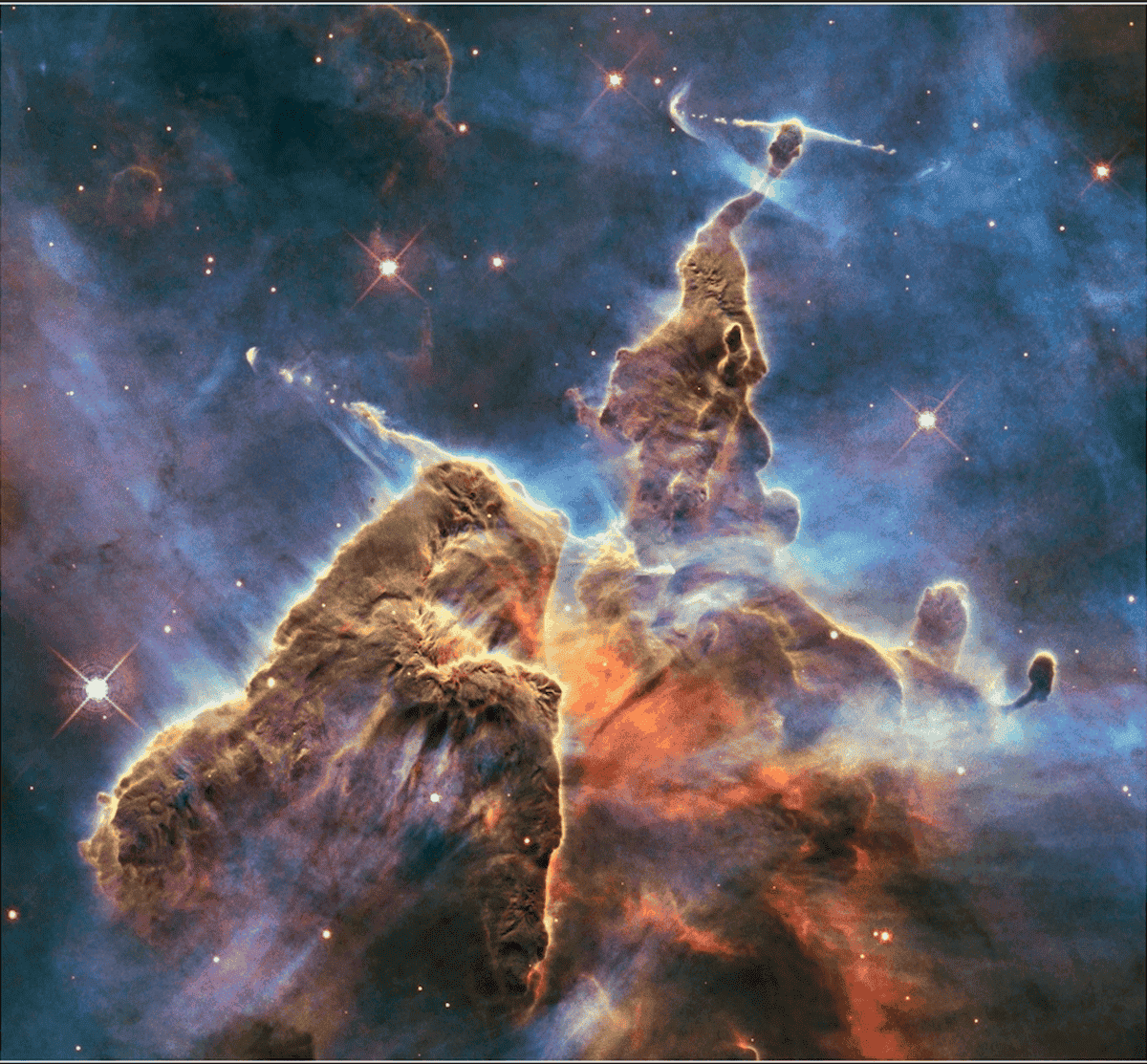
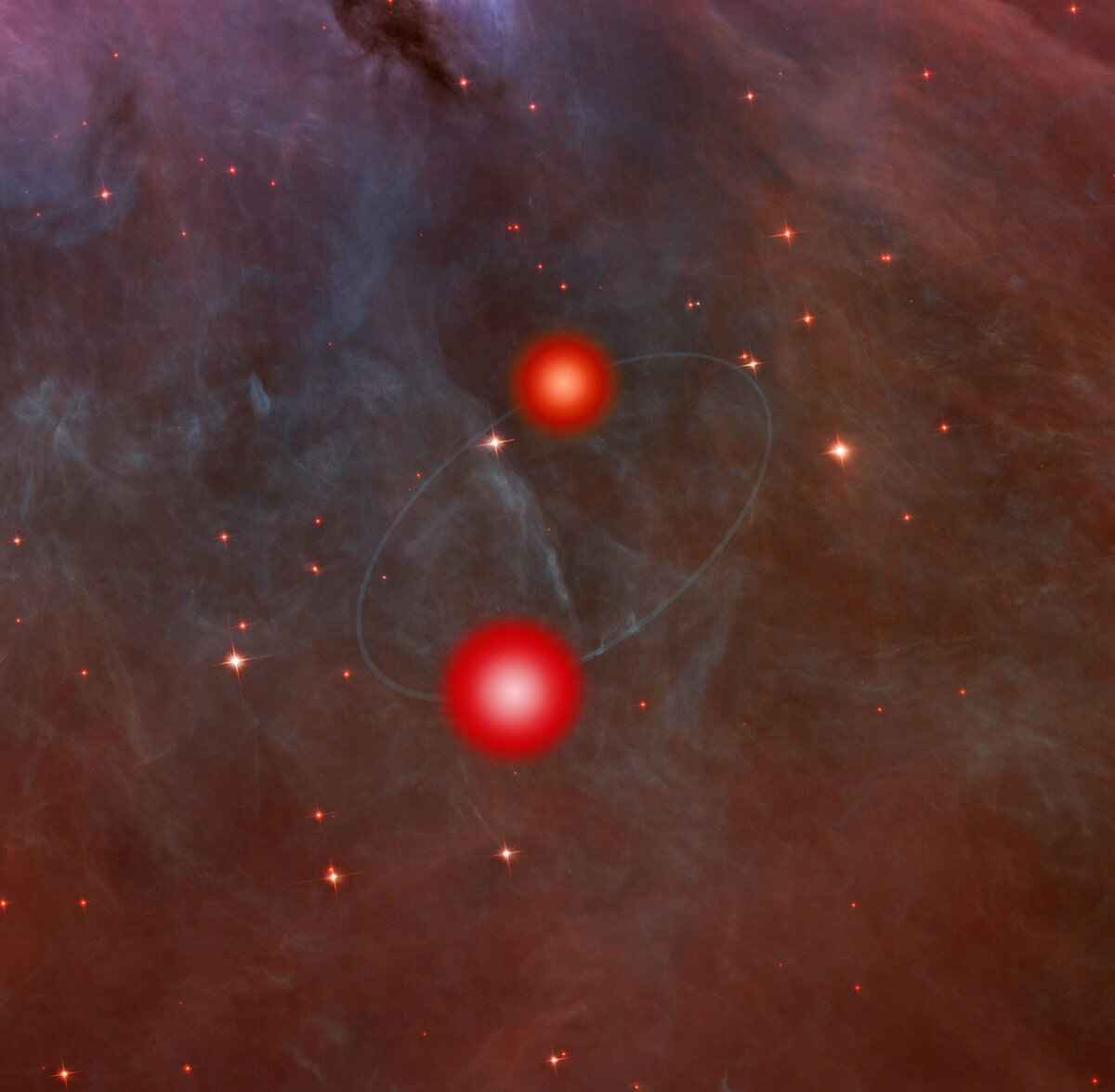
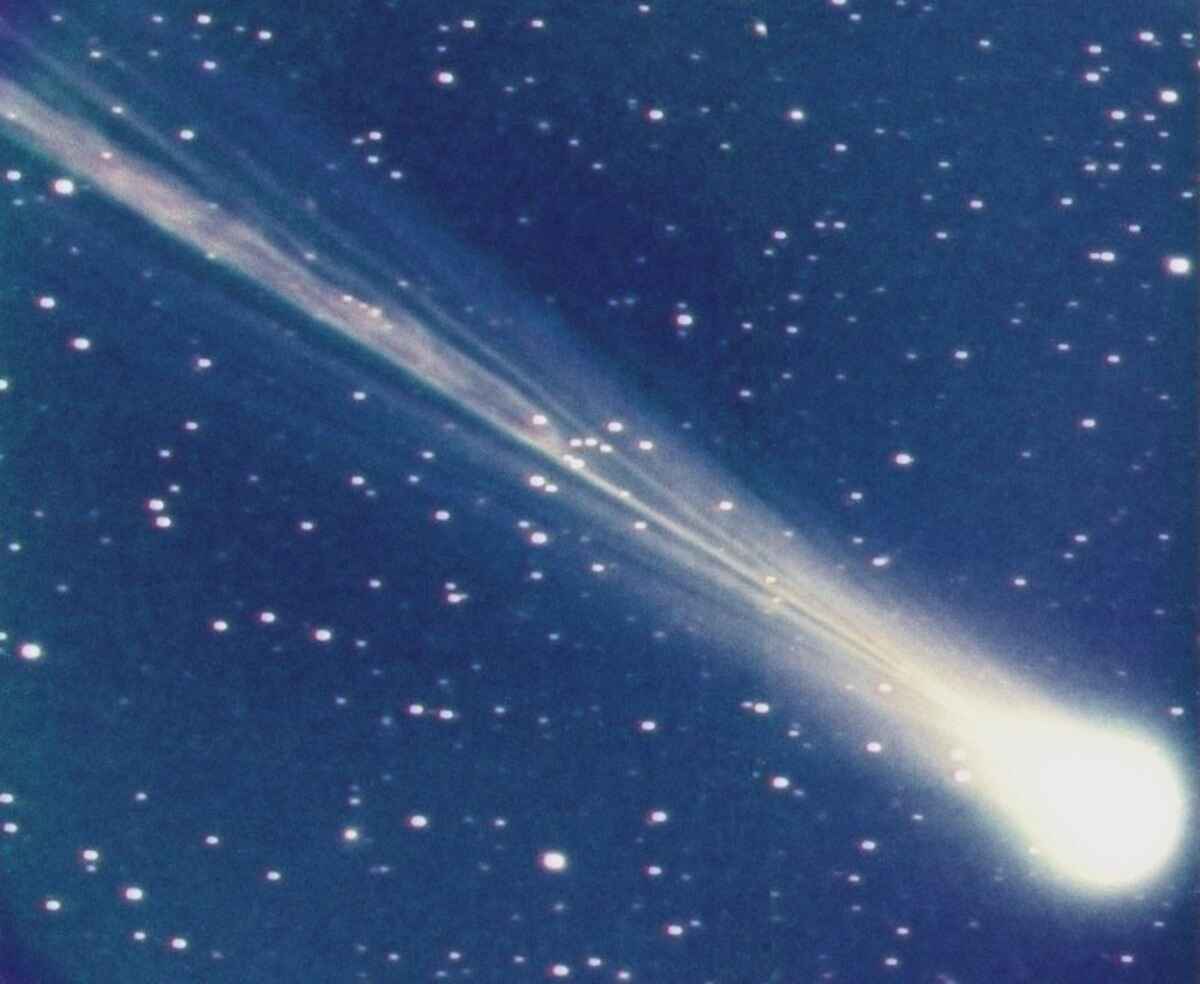
The deities worshiped[2] by the SCRIBES are as follows:
- Chief Deities
- The Great Spiral: the greatest of the pantheon; represented by a spiral galaxy
- Worshippers meditate on images of spiral galaxies to contemplate the vast, cyclic nature of the universe and their place within it.
- Representing unity, cycles of life, and the interconnectedness of all things.
- The Boundless Void: little is known about this deity; appears to be GS antithesis
- Signifying the unseen, potential, and the foundation of the cosmos.
- Dark matter and dark energy, making up most of the universe's mass-energy content yet invisible and mysterious, could represent the unseen forces that shape our lives and the potential that lies in the unknown.
- X
- Nebulous One: depicted as a Nebula
- Symbolizing creation, transformation, and the birthplace of stars.
- Nebulae, with their breathtaking beauty and role in star formation, serve as symbols for the creative and transformative powers of the cosmos.
- The Forge (or, Forge of Worlds): depicted as a Supernova; a destroyer deity
- Embodying destruction, rebirth, and the generation of elements.
- The supernova, a powerful explosion marking the death of a star, represents the necessary destruction that precedes creation, reminding followers of the cyclic nature of existence.
- Y
- Cosmic Balance: depicted as binary stars
- Binary star systems, where two stars orbit around a common center, symbolize harmony, duality, and partnership.
- They represent the balance of opposing forces and the importance of harmony in the universe.
- The Weaver: represented in many forms; possibly corresponds entirely to time
- Embodying rhythm, time, and the beacon in the darkness, some sources suggest that it corresponds to Pulsars, neutron stars emitting regular pulses of radiation.
- These serve as symbols of the cosmic clock, guiding navigation through time and space and the rhythm of life itself.
- Z
- Eternal Voyager: depicted as a comet; sometimes represented by a space traveler
- Signifying journey, change, and the messenger between worlds.
- Traveling between the inner and outer regions of solar systems, comets are venerated as symbols of the soul's journey through life and the universe, carrying messages and insights between realms.
- The Dark Shepherd (or simply, The Shepherd): represented as a black hole
- Representing mystery, the unknown, and the absorption of knowledge.
- Black holes, with their immense gravity and the enigma surrounding them, symbolize the ultimate quest for understanding and surrendering to forces beyond comprehension.
In their cosmic pantheon, SCRIBES do not appear to pray to these entities in a traditional sense but rather use meditation, observation, and contemplation of these cosmic phenomena to connect with the deeper spiritual truths they represent. Rituals and ceremonies often involve aligning with celestial events, such as planetary alignments, eclipses, and meteor showers, to honor the principles embodied by these cosmic forces.
This cosmic approach to spirituality is meant to foster a sense of wonder and unity with the universe, encourage a deep respect for the mysteries of existence, and promote a continuous quest for knowledge and understanding.
***
Fragment of “Hymn of Total Unity with Cosmic Divine”[3]
Together, we stand in light and night,
Seeking the truths hidden from our sight.
In every star's gleam, in each wave's crash,
We find the echoes of our shared path.
***
[1] Saint Selene's writings were left untitled. All titles were attributed after her death by scholars and translators to allow for easier cataloging and compiling.↩
[2] It is worth noting that the sentience of SCRIBES has never been fully determined. It is unclear if they truly worshipped these god in the sense that we would describe.↩
[3] Scholars believe that there were originally eight stanzas, each corresponding to a specific deity.↩

